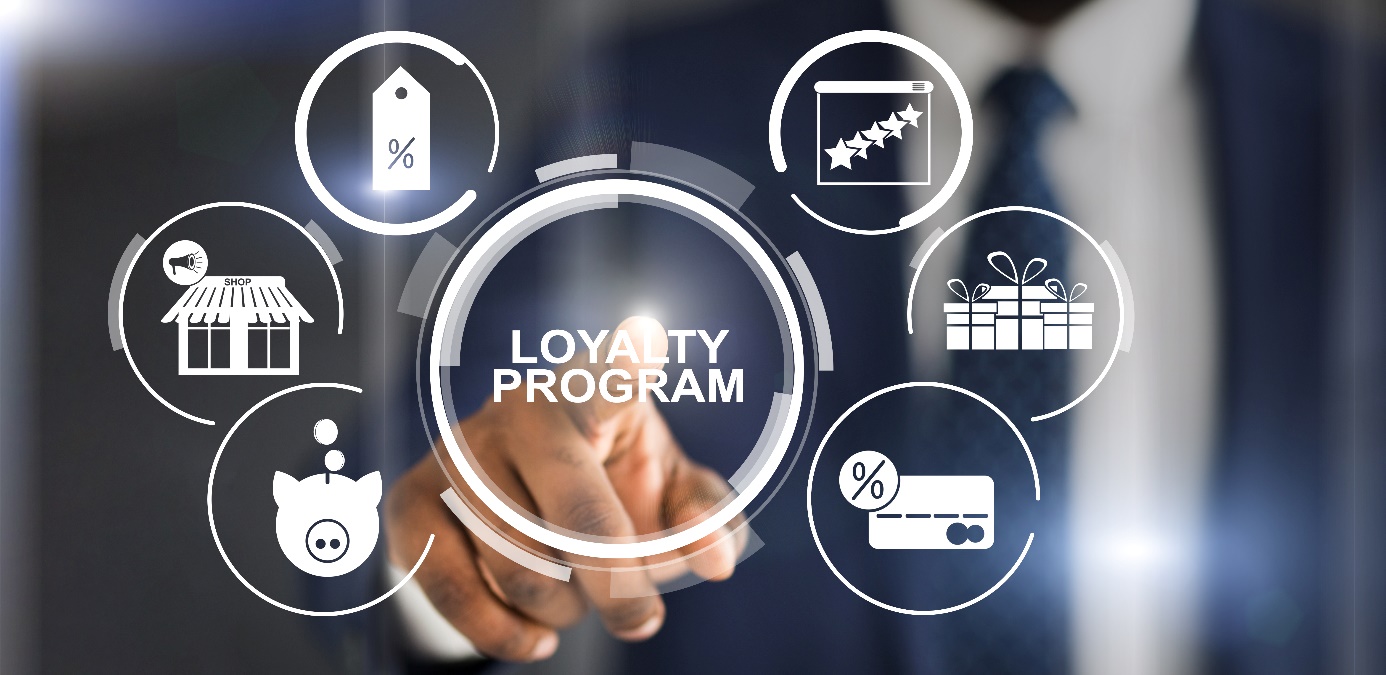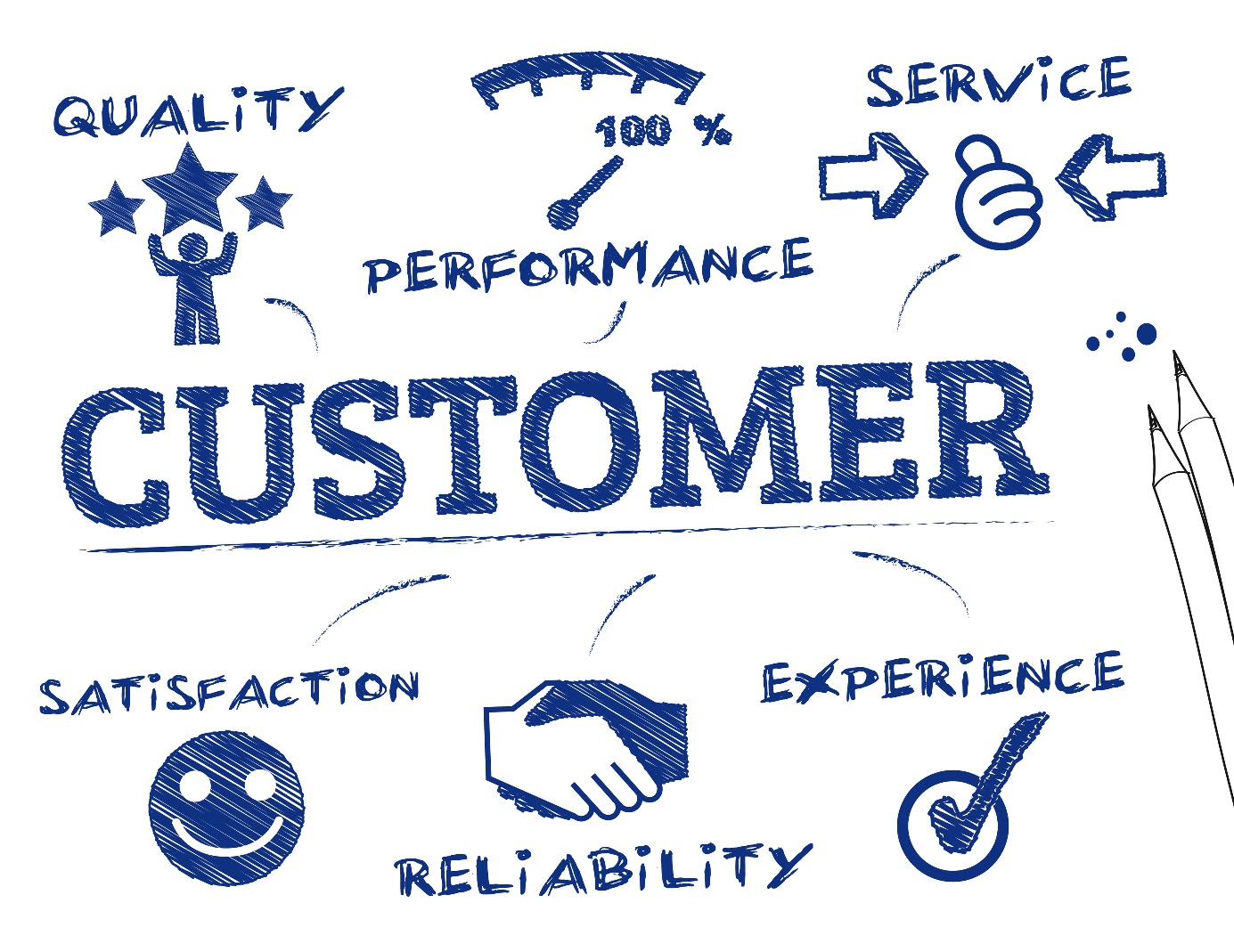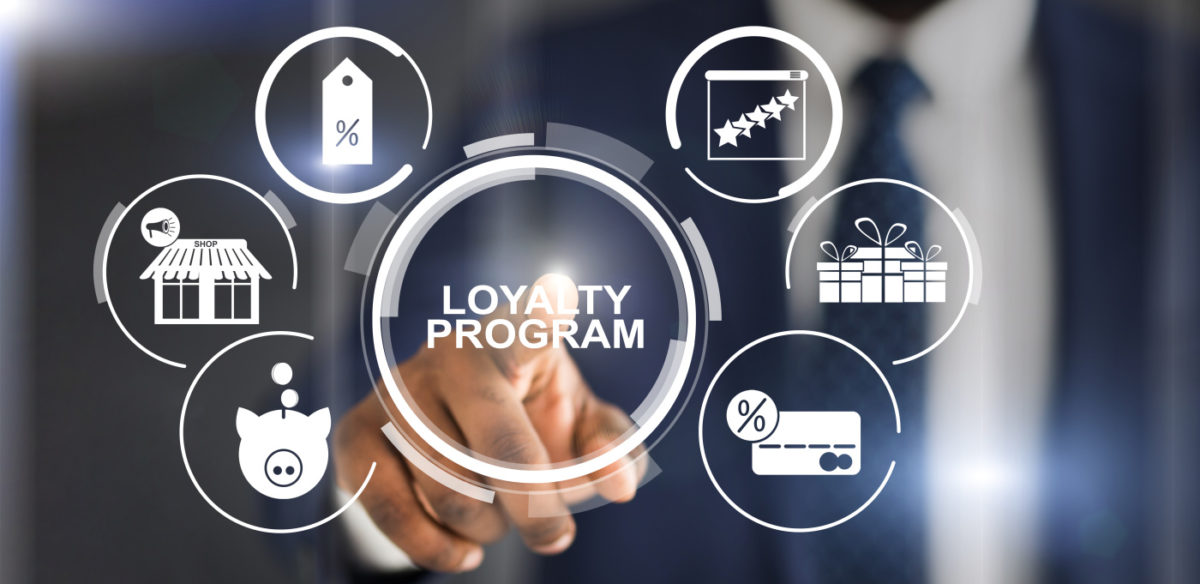How can you build a good loyalty programme?
Determining the reasons for and goals of a loyalty programme aimed at end buyers, or an incentive programme aimed at sales intermediaries, are the two of the most important elements in the process of creating a loyalty programme. It also involves defining the target group, selecting the nature (type) of programme to be created, selecting the measurement tools, and setting specific result indicators.
How can you build a good loyalty programme?
Organising a loyalty programme is a process where it is necessary to identify a number of variables that determine its shape:
- Reasons for organising the loyalty programme,
- Loyalty programme objectives,
- Target groups,
- Programme duration,
- Nature (type) of loyalty programme,
- Outcome assessment tools and key performance indicators (KPIs).

Identify the reasons for organising the loyalty programme. It may sound unbelievable, but the majority of loyalty programmes for end buyers and incentive programmes for sales intermediaries have been created without considering this point. Many organisers go through the whole process of organising the loyalty programme with due diligence, but fail to answer why they are organising it. As a consequence, there are many loyalty programmes on the market that are ‘better than the competitors’, ‘offer the most attractive rewards’, ‘are unique’ or ‘the best in their market segment’. They do not, however, have a properly defined reason for existing. As a consequence, the objectives and delivery of such programmes do not directly derive from the key values held within the organiser’s company. Simon Sinek, in his iconic book Start with why, explains in detail the reasons why the question ‘why?’ should be asked right at the beginning of the design process, and not just for a loyalty programme, but any action we take in our professional and personal lives. This is because such actions force us to answer the question whether the action we intend to take is in line with the values, mission, and vision of the organisation we represent. The key thing to remember is: first the values (why?), then the goals (what?), and then the plans (how?).
Loyalty programme objectives. Determining the objectives for which the loyalty programme is organised is the second most important aspect of organising such a programme. Satisfaction with the action, both financially and in purely human terms, comes from achieving the set result. No one is going to achieve a goal that has not been defined and clearly positioned on a time horizon. With clearly defined goals, the way the loyalty programme is organised is well suited to the needs of the company. It is also important to be able to imagine, or visualise, what the market situation will be like for the organiser of the loyalty programme once the intended outcome has been achieved.
It may simply be the value of the market share, the size of the data set that is created through the programme we organise, or the additional revenue and resulting margin achieved on sales to loyal end-buyers and motivated sales intermediaries. This visualisation, like the objectives, is different for each company, which makes it easier to find the intrinsic motivation for action. It must not be forgotten that the goal, without the specific date it should happen, is just a dream. Every goal should have a deadline, because setting one forces you to create a plan to achieve the goal and to answer the question of how you want to achieve it. It goes without saying that the goals need to be written down, because if we keep them in our heads then we will subconsciously modify them to fit current events and market circumstances. Goals, on the other hand, are specific tasks to be achieved, defined as SMART and written down on paper. The acronym SMART, which defines a set of characteristics that a correctly formulated objective should possess, come the first letters of the words: Specific, Measurable, Achievable, Relevant, and Time-bound. According to it, a formulated goal should be:
- Specific – it should be easy to understand, the wording should be unambiguous and leave no room for loose interpretation.
- Measurable – it should be formulated in such a way that it is possible to quantify the degree to which the objective has been achieved, or at least to make its achievement unambiguously ‘verifiable’.
- Achievable – a goal that is too ambitious undermines the confidence in achieving it, and therefore the motivation to achieve it.
- Relevant – the goal should be an important step forward, while also representing a certain value to whoever pursues it.
- Time-bound – the goal should have a precisely defined time horizon in which it is intended to be achieved.
Once set, the targets should be modified over time, including using the quantitative targets flowing from values to define the specific method of achieving them.

Target group. The main challenge facing loyalty programme organisers is the task of creating a programme that forms a tool for transforming previously disloyal participants into loyal ones. In other words, the challenge is not to create a programme that targets a group of already loyal buyers to further reward them for their loyalty. Instead, when you have a group of loyal customers for your products and services, the trick is to ensure that they already have the intrinsic motivation to keep buying, and therefore remain loyal in their own right.
Additional rewards only lead to lower sales profitability. B2C (business to consumer) loyalty programmes, aimed at end buyers, are usually addressed to people over 16 years old (some organisers narrow the group down to those over the age of 18), who are obliged to purchase from the organiser of the programme in order to join and participate in the programme. B2B (business to business) incentive programmes are targeted at representatives of particular links in the distribution chain, including sales representatives of the organiser or distributor, wholesalers, decision-makers in retail outlets or those who directly serve end buyers (e.g. salespeople in grocery stores or electrical shops, etc.).
These types of loyalty programmes do not represent a closed list, as there are also programmes that target corporate executives, rewarding board members for achieving the results set for the companies they manage. Another group involves loyalty programmes that target the shareholders (co-owners) of companies.
Duration. The most general division of loyalty programmes can be made by splitting them into three groups of actions:
- indefinitely,
- in consecutively renewable editions (e.g., quarterly or annually),
- at a predetermined time, after which the programme ends.
The duration of the programme is derived from its objectives. If it is a scheme to increase consumer loyalty over time, the first case applies, and the scheme runs without an end date. The rules merely state that the organiser has the right to decide to terminate the programme once certain conditions have been met. If, on the other hand, the programme is a tool designed to lead to a temporary increase in sales or if the organiser is not sure whether they have created the right kind of tool, then the programme runs for a specific timeframe. Most of the more than 120 B2C programmes in Poland are run indefinitely, but with a time limit on the validity of the points awarded – they are usually cancelled by ‘expiring’ after 2 years from the date of issue. At the same time, almost all the B2B incentive programmes I am aware of involve a predetermined period of time. It is impossible to objectively determine which approach is more reasonable, making it an arbitrary decision to be made by the organiser based on the goals of the programme.
Irrespective of this – if the loyalty programme is a success, then the organiser may wish to continue it. If the ongoing scheme does not live up to expectations, it is obvious that it has to close sooner or later. By making such a decision, the organiser has a number of obligations that are necessity to fulfil all the rights acquired by the participants, including the right to a prize that was promised to them according to the rules of the programme and the obligation to announce the termination of the programme with an appropriate period of notice, resulting from the rules. The expiry of the programme also triggers the need to close the balance reserves held for points issued and not burned to date.
Nature (type) of loyalty programme. Loyalty programme organisers have a number of different techniques to choose from to build loyalty and motivate participants. The first of these are point-based programmes, which in the Polish market date back to the late 1990s, when the first loyalty programmes for petrol stations were created. At that time, issuing points and bulky catalogues of material prizes reigned supreme on the market.
Once all programmes started offering drills and juicers, it became possible to move onto a second technique. These involved discounts, where in return for merely participating or purchasing something one could receive discounts and rebates expressed in amounts or percentages. Another way of enforcing the rules was to award a product free of charge for a purchase. To this day, points and discount programmes still account for the majority of such programmes. The points and discount programmes have since taken on a hybrid form, combining both modes of motivation to form the points and discount programme group.
The third generic group involves multipartner programmes, represented by the German Payback scheme. Multipartner programmes are characterised by the fact that they are run by an independent operator and enable the accumulation of points and/or discounts with multiple partners who, in exchange for joining the venture, have agreed to place the fate of their loyalty programme in the hands of third parties. This means they benefit from the fact that they are part of a larger whole, the promotion of which is financed from the budgets of all participants. The main advantage of this group is that all partners issue the same points, giving consumers a quicker opportunity to choose their rewards.
The relatively newest group on the market is money-back loyalty programmes. These involve receiving a portion of the money spent back in return for purchases. This is done either to the programme participant’s account, payment card, bank account or in the form of an ATM code. This group of programmes, although quantitatively the smallest, is the fastest growing category.
Results assessment tools and key performance indicators (KPIs). To assess whether a loyalty programme is delivering the expected results, it is necessary to choose the right measurement tools and establish key performance indicators – more commonly known as KPIs. Tools for evaluating the results may include quantitative and qualitative marketing research conducted to assess the level of satisfaction of the loyalty programme participants, sales reports from within the organiser’s company (volume and value of sales, average basket value, number of transactions, frequency of transactions by unique buyers, etc.), and studies showing the market share of the chain or brand covered by the programme. A separate group includes the data from the programme itself, analysed in terms of the number of participants, their activity, level of departures from the programme, frequency of transactions, percentage of transactions, percentage of turnover ‘passing through’ the loyalty programme, frequency of participants logging onto websites and into the mobile application, and a number of other tools.
Regardless of the choice of tools for assessing the results, the most important thing is to make continuous measurements at appropriate intervals using the same tools. Then, in addition to the picture of reality (which is a kind of snapshot of the effects of the programme for a given moment), we can also monitor the trends behind the change and their dynamics. This is equally important.
Of course, the tools alone are not insufficient if we do not set the key performance indicators, or KPIs, appropriately at the beginning of the programme and update them on an ongoing basis. Assigning specific values to selected parameters is a signpost that shows what we are aiming for over the course of the programme.
2

